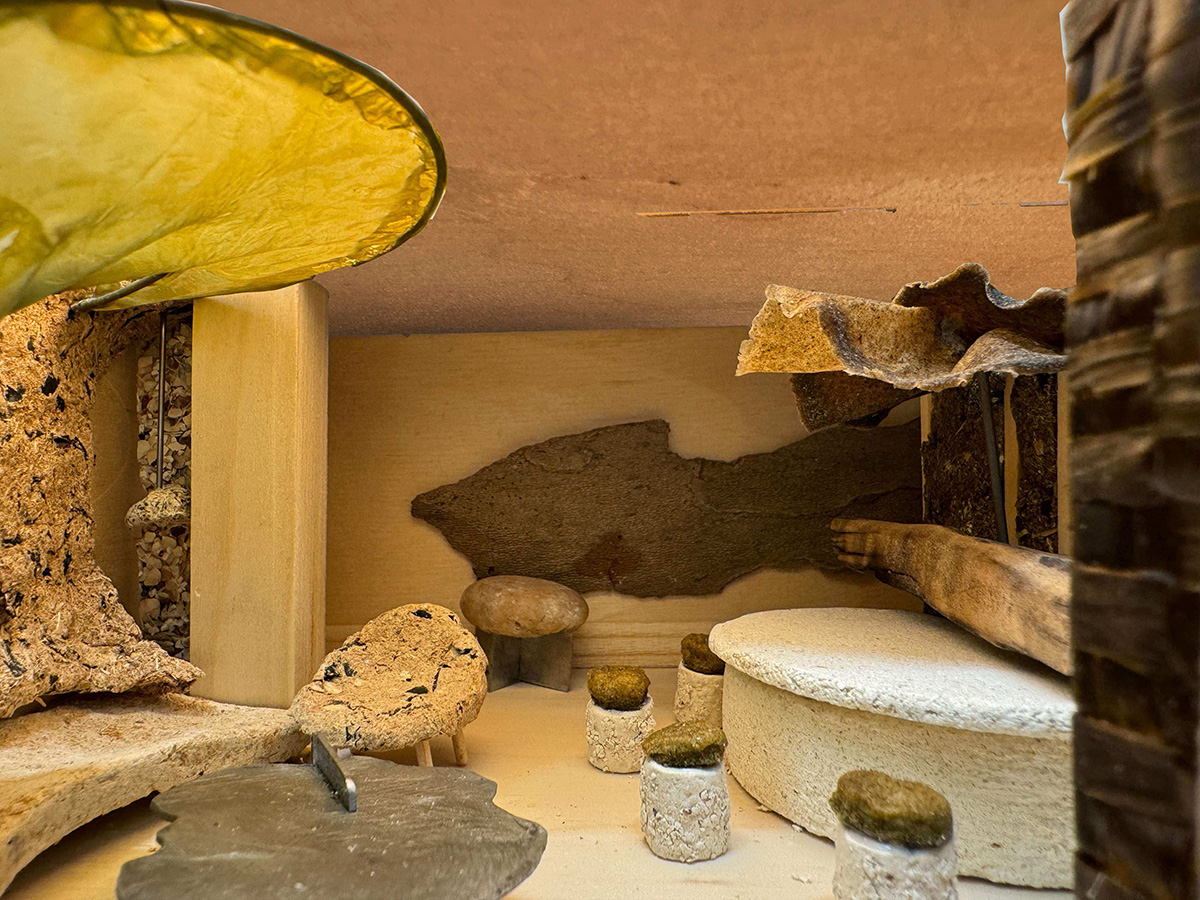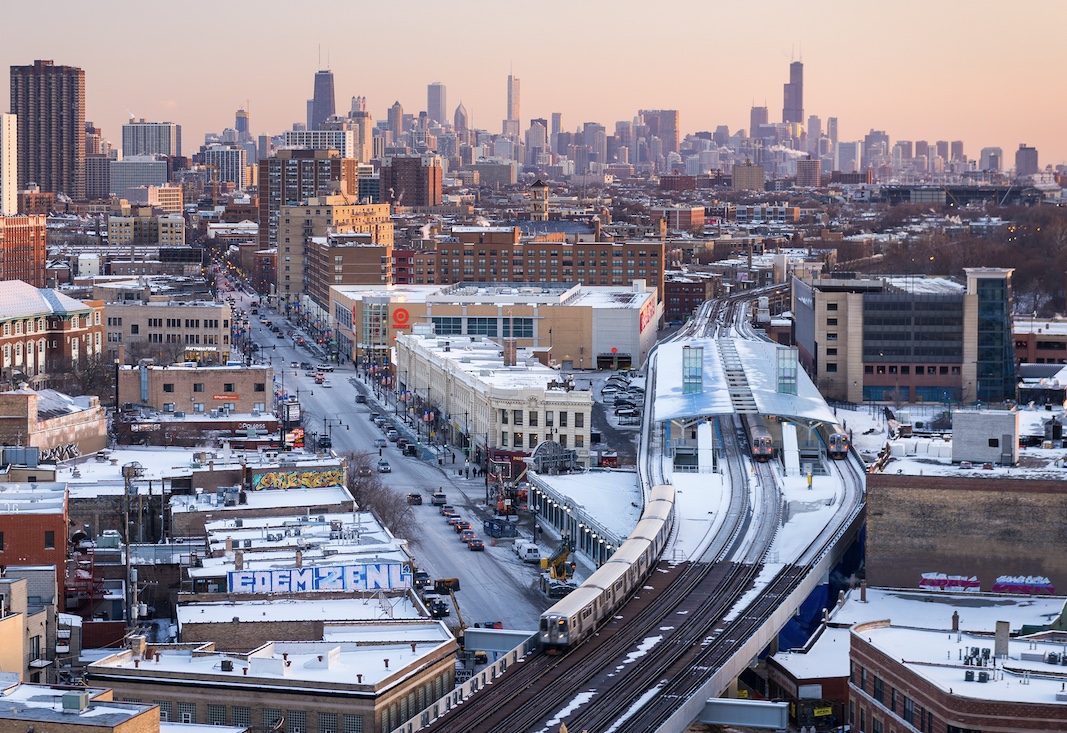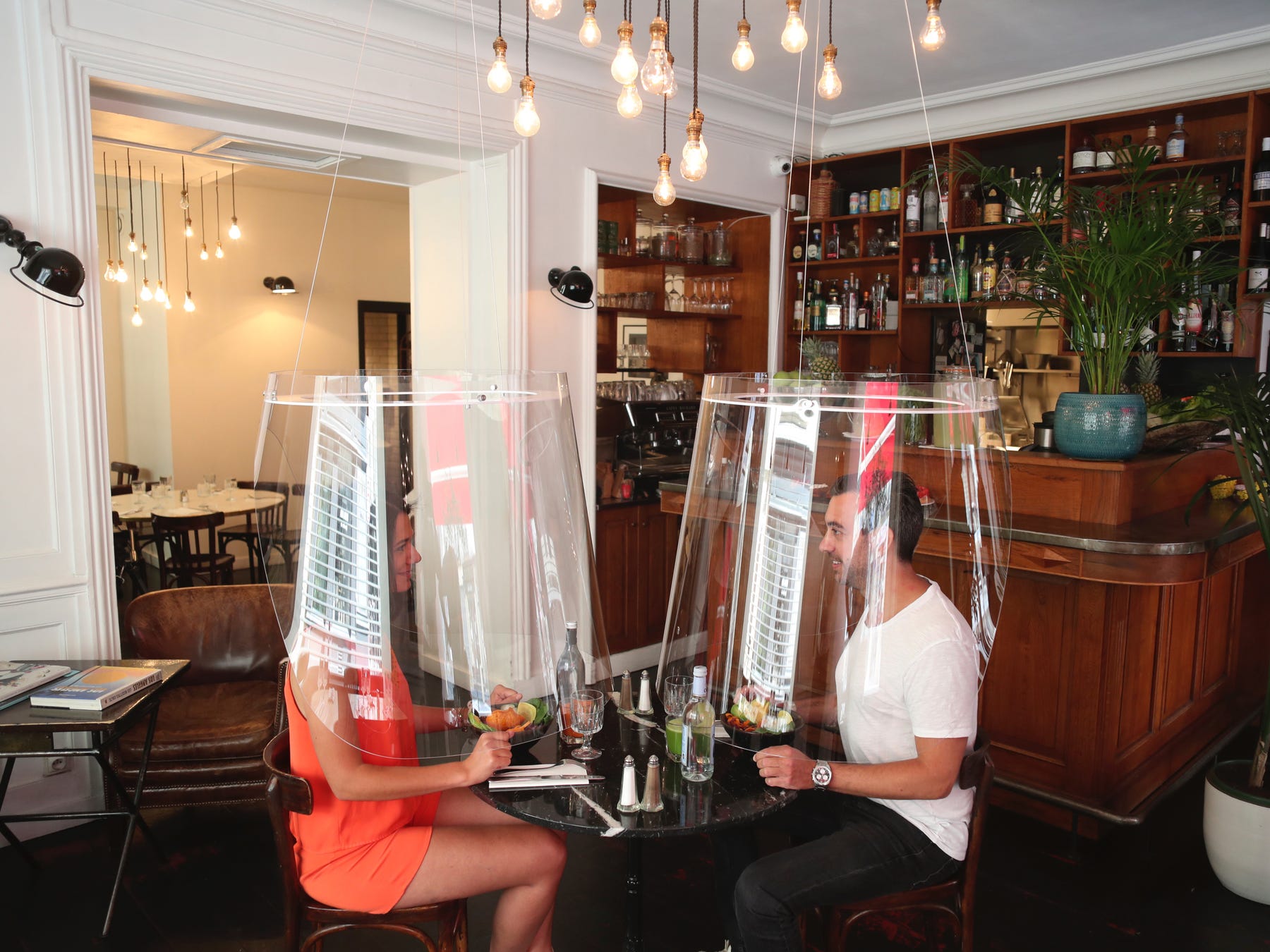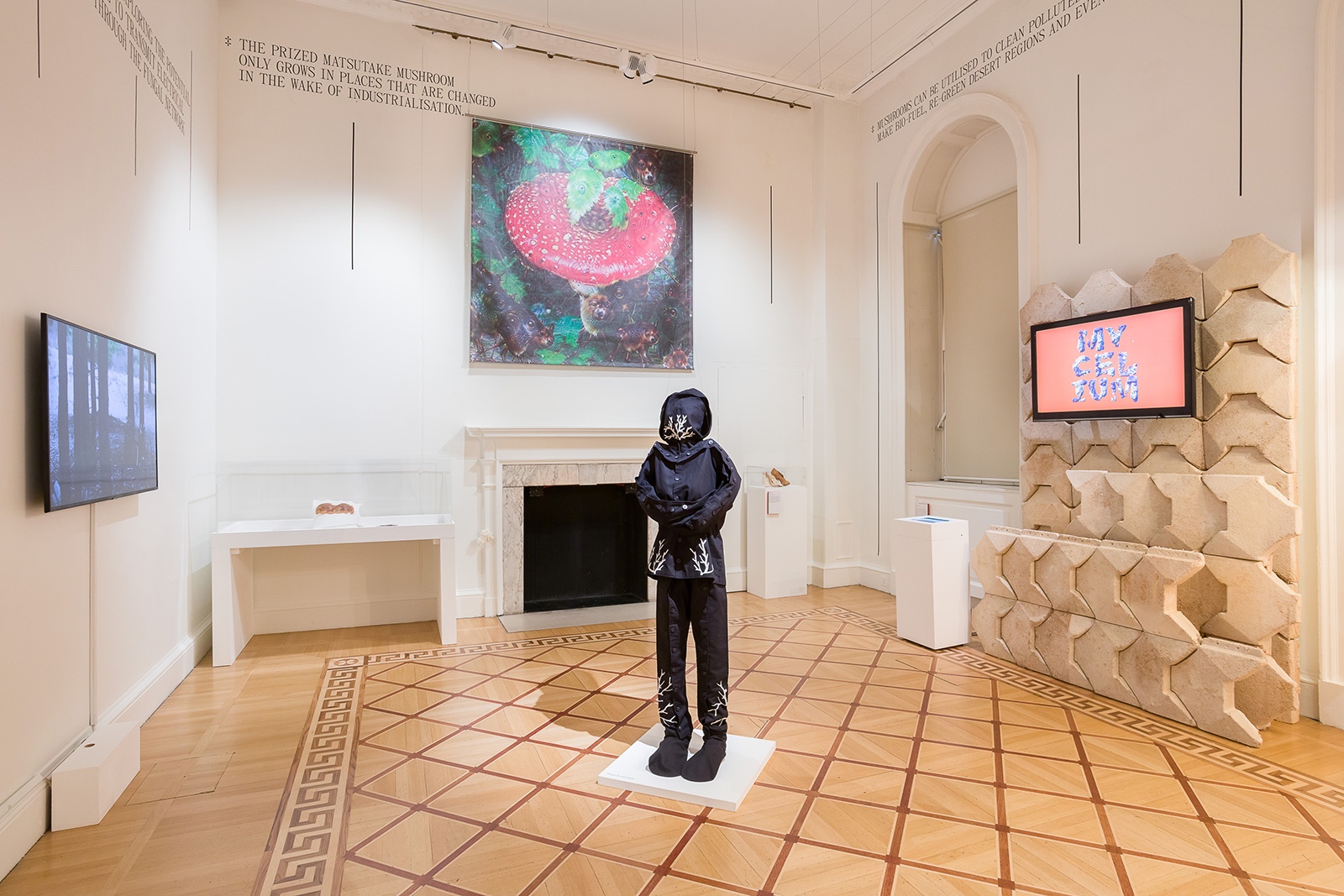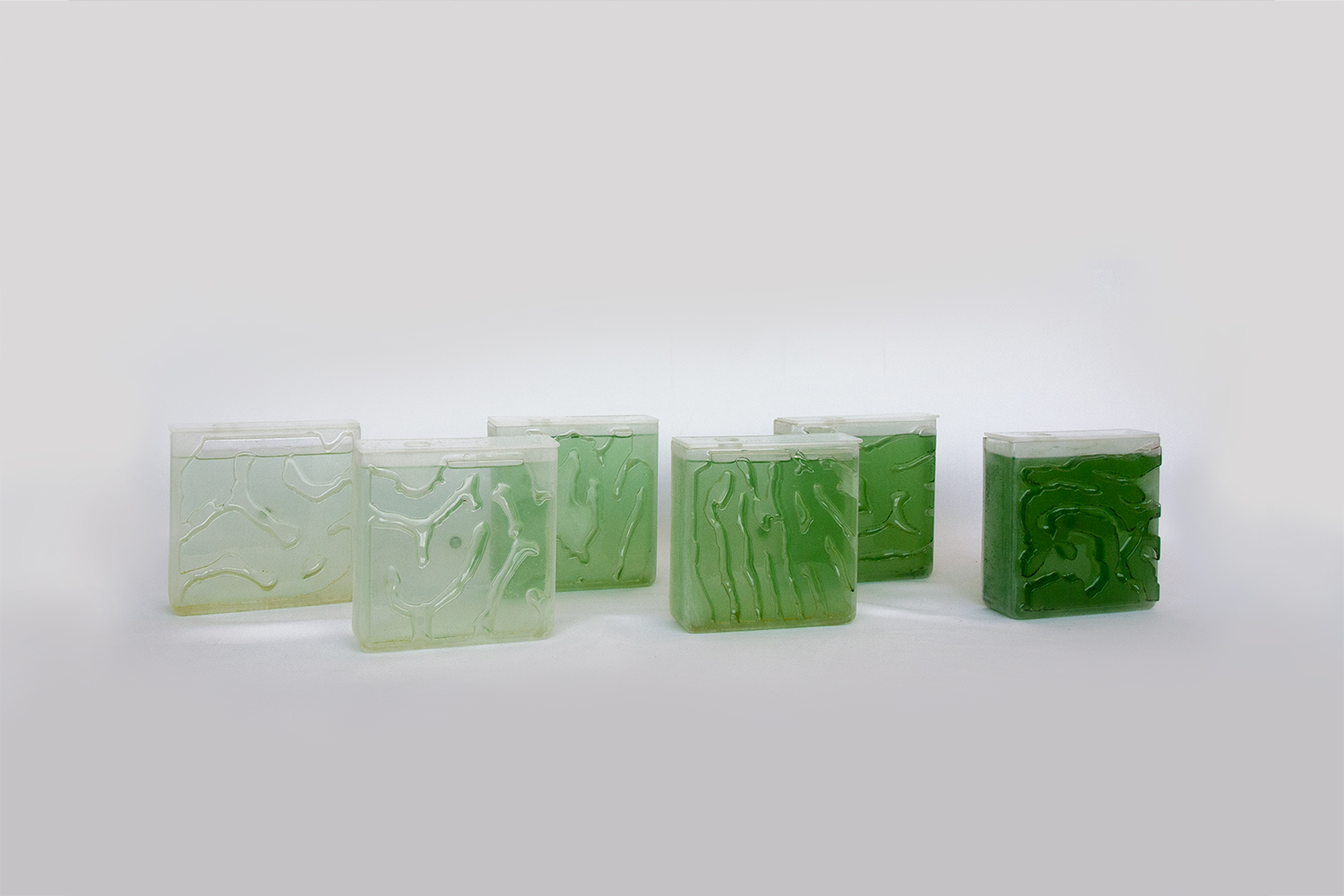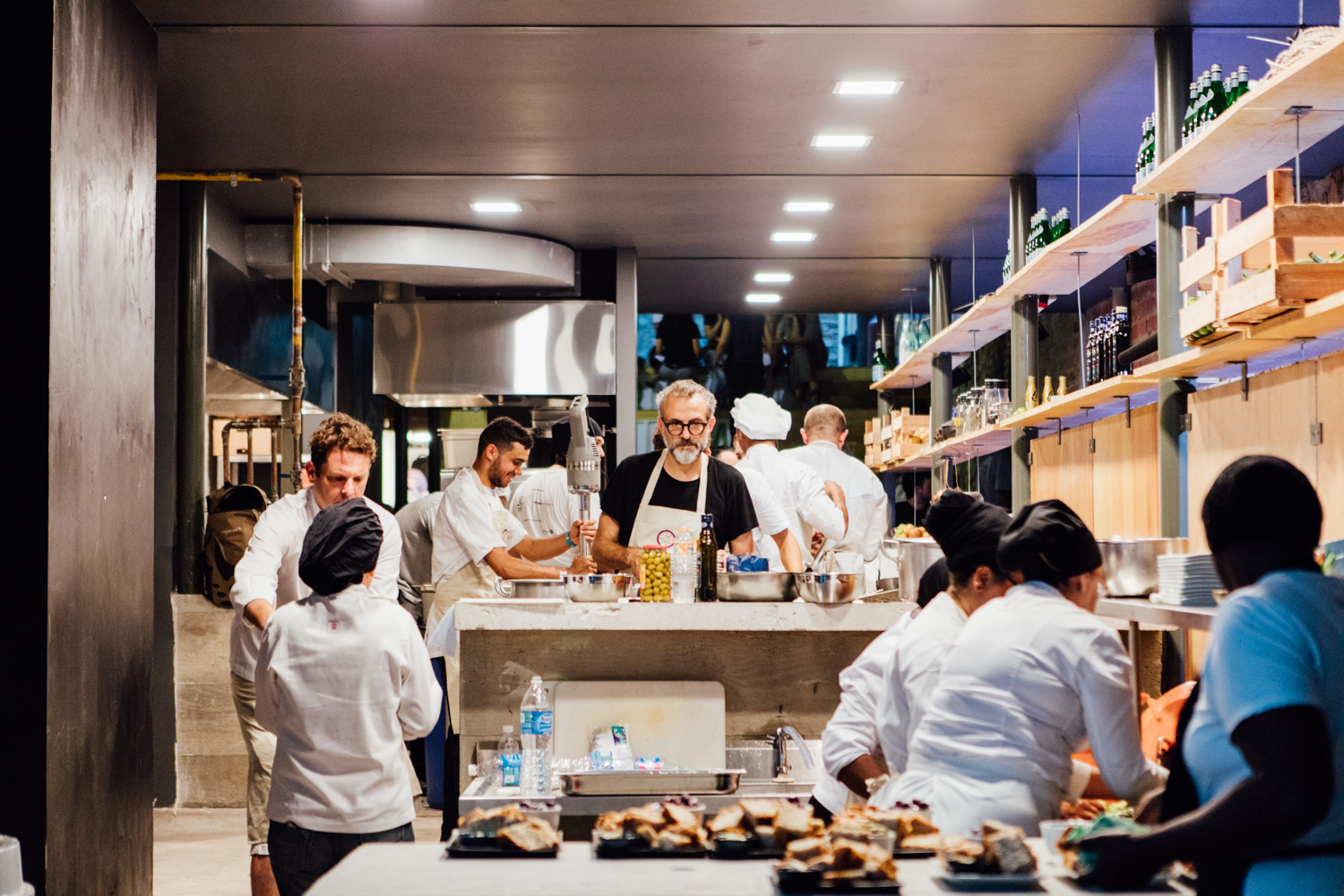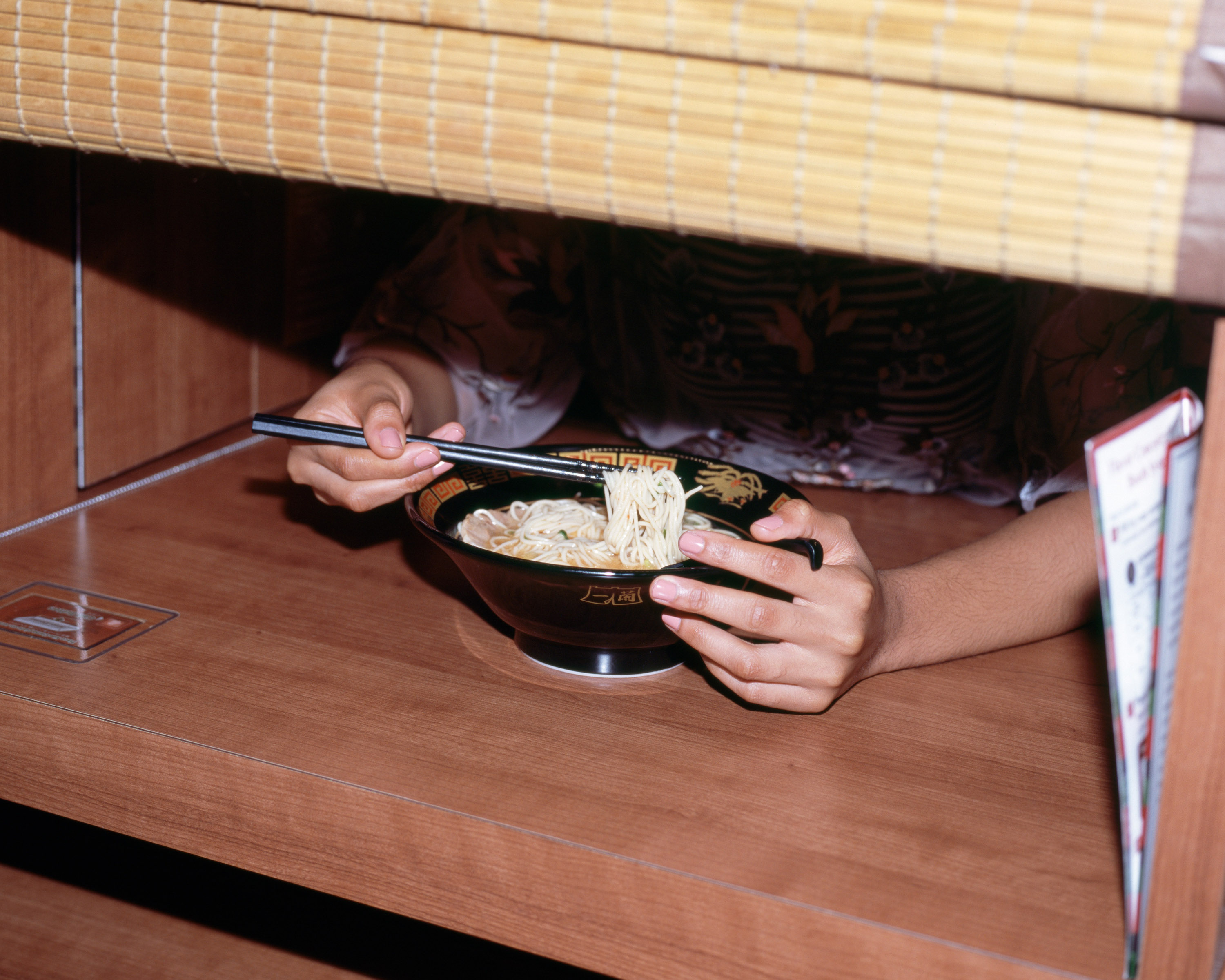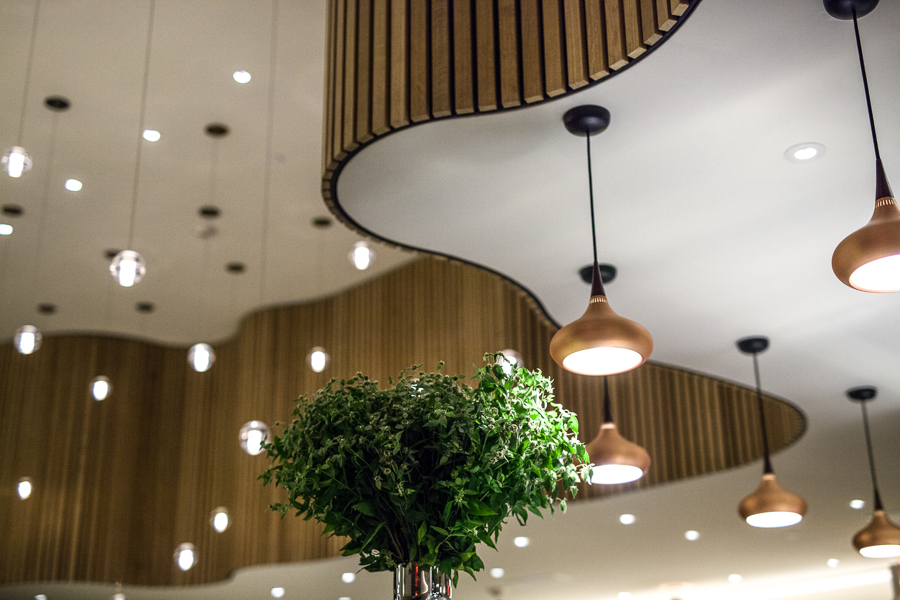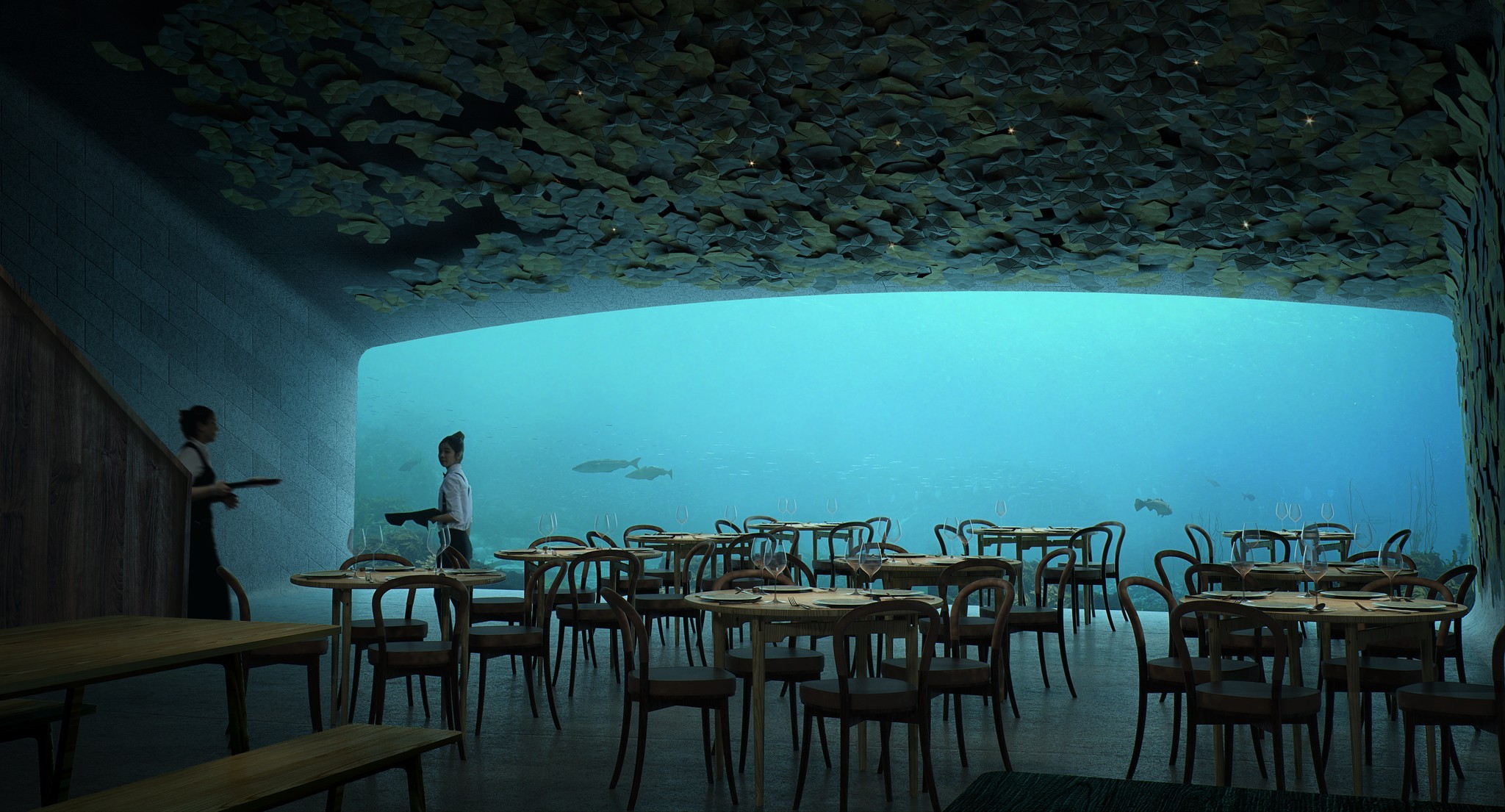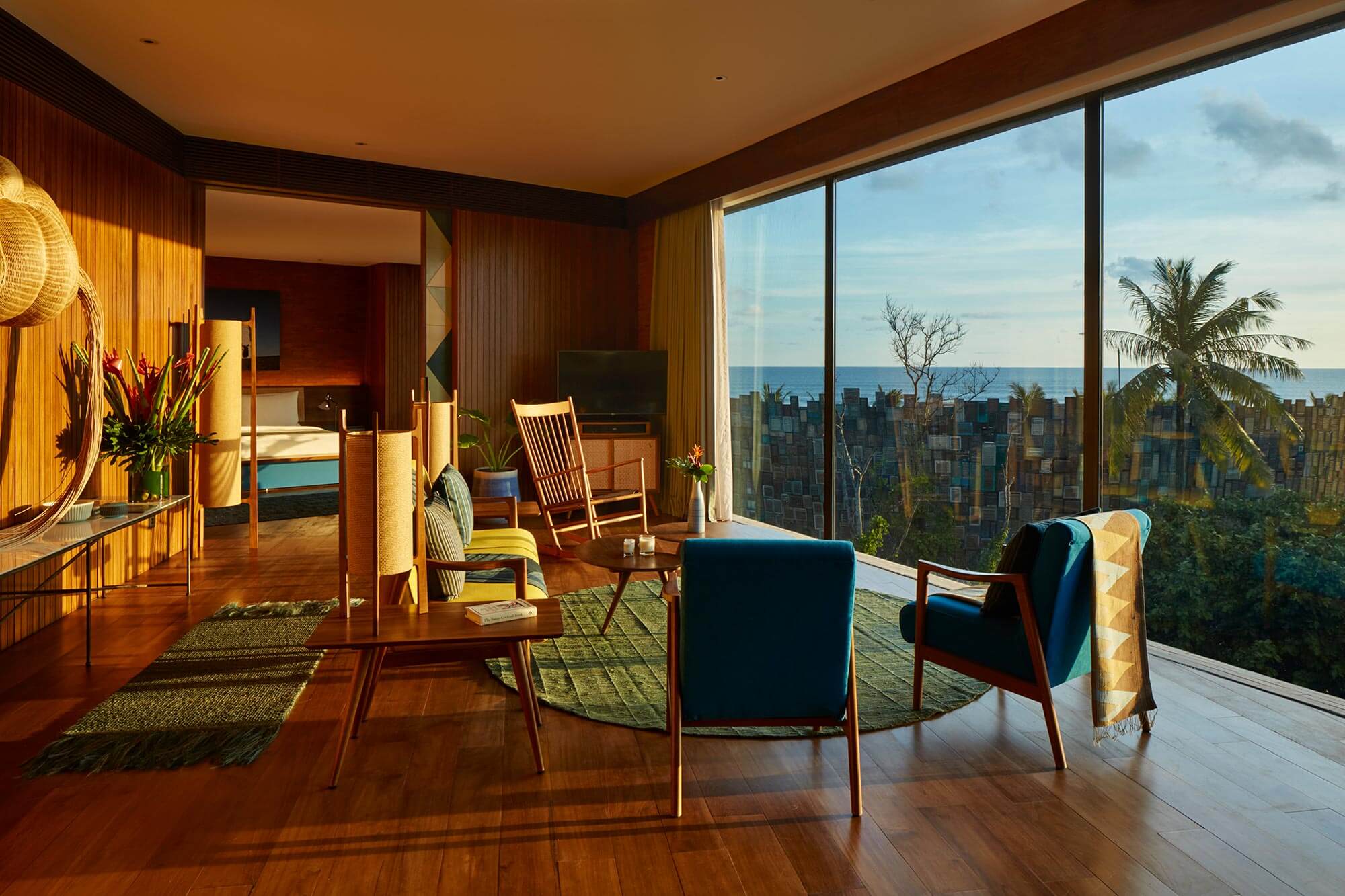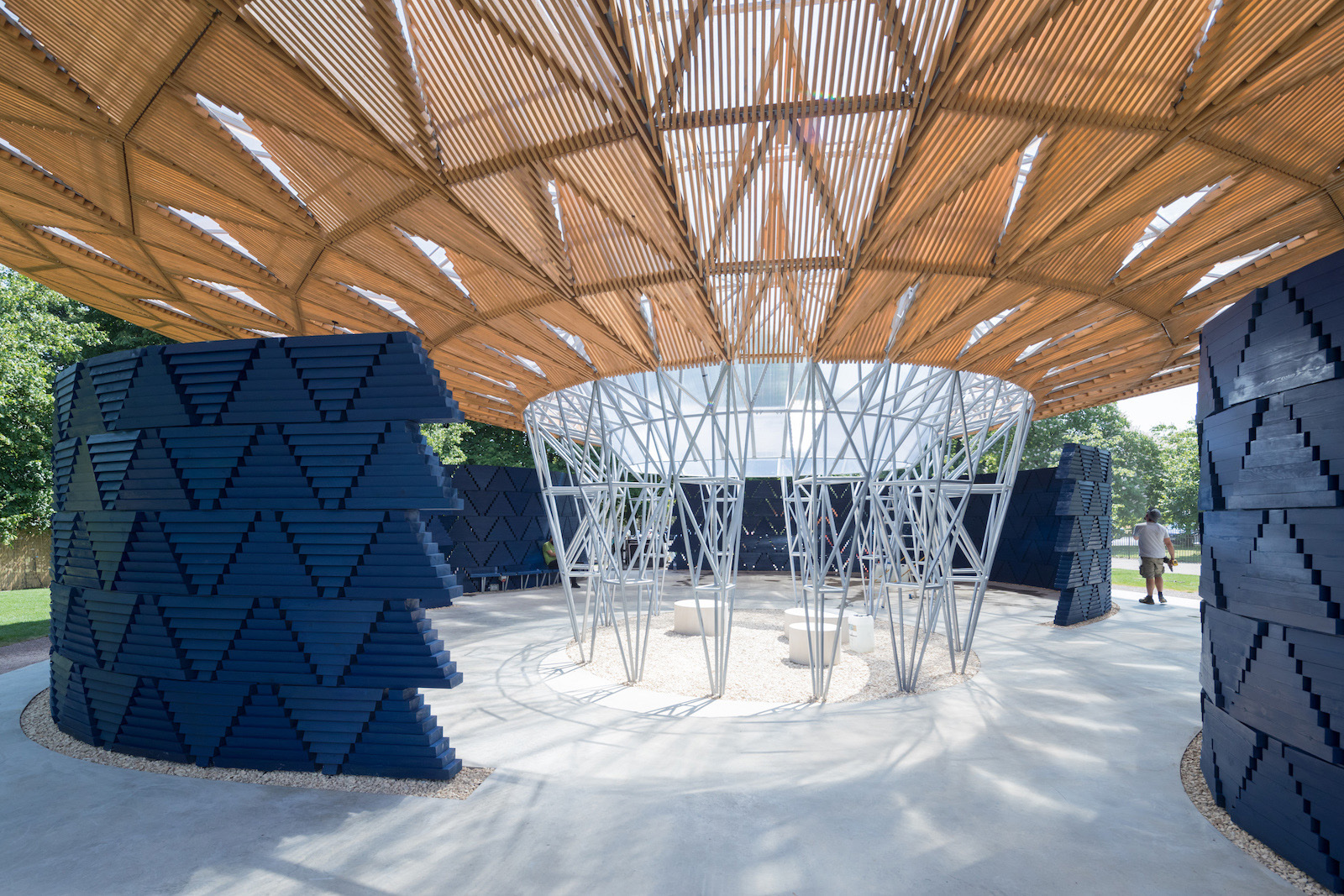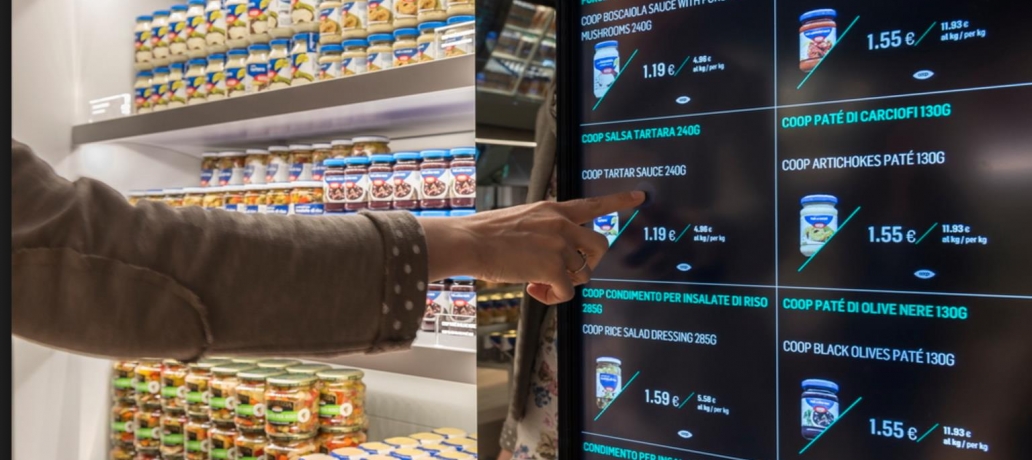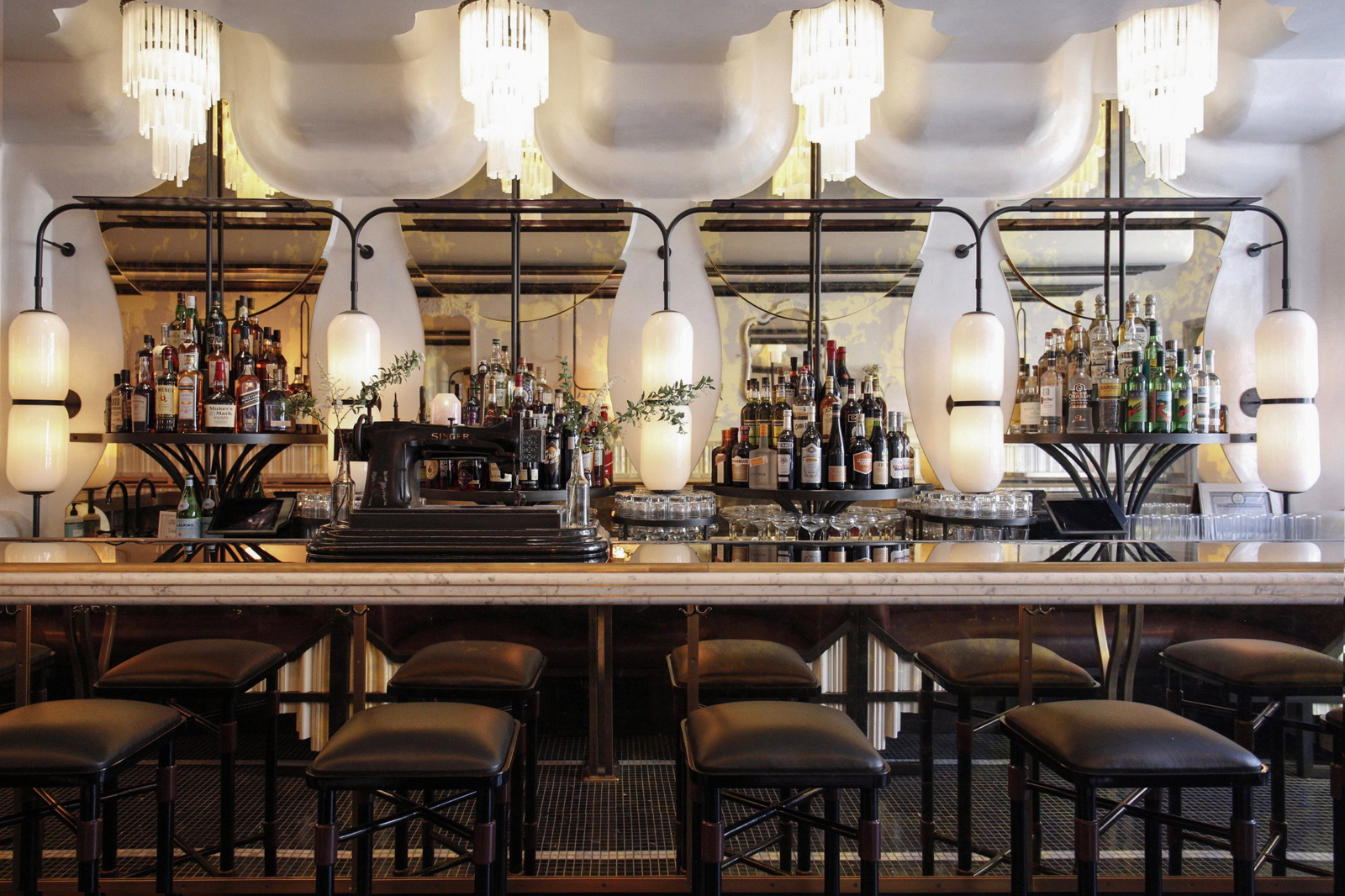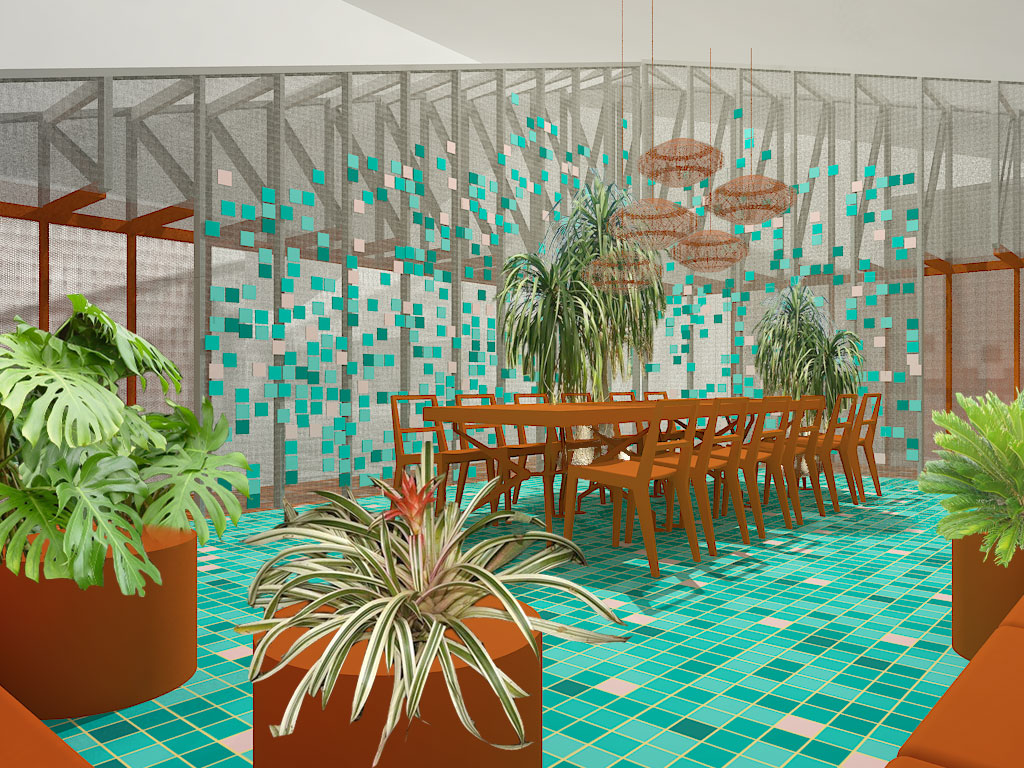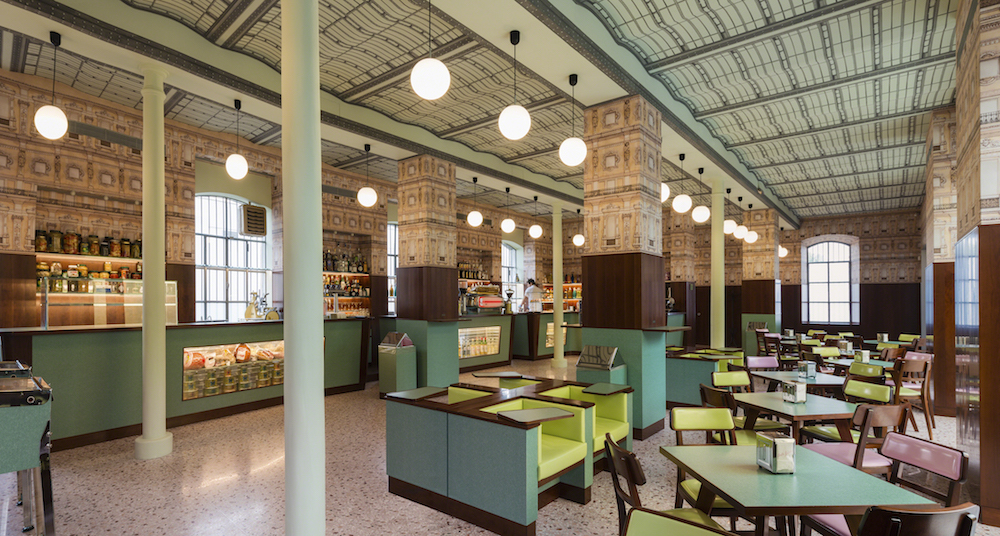Read more from In Service, our monthly look at the future of hospitality from innovators around the world.
You can take the guy out of Wisconsin, but with restaurateur Gabriel Stulman, it seems the old adage rings true: no amount of New York grit can take the Wisconsin out of him. The Virginia-born Happy Cooking Hospitality CEO has quietly built a neighborhood empire since his days of tending bar while at college in the Midwest; in a section of the West Village dubbed Little Wisco after the former name of his restaurant group, Stulman treats each of his five intimate, laid-back establishments as opportunities to build community. Now, nine years after opening neighborhood favorite Joseph Leonard (his first outpost, named after each of his grandfathers), Stulman is taking on a project of Manhattan proportions but is indeed tackling it with his steadfast family-driven approach.
With three separate HCH restaurants opening inside Sydell Group’s new Freehand Hotel in Gramercy Park, we checked in with the kind-but-concise entrepreneur to learn more about how he maintains an authentically friendly atmosphere, what hospitality means to him and his plans for the future.
 Lobby of the new Freehand hotel in NYC. Photo by Adrian Gaut.
Lobby of the new Freehand hotel in NYC. Photo by Adrian Gaut.
When did you launch Happy Cooking?
2009
How big is your team and what are people’s roles?
We have approximately 150 people in our family of restaurants. The roles are extensive: they range from Director of Operations, Director of Finance, Director of Events and Beverage Director on the exec team to General Manager, Executive Chef, Sous Chef, Pastry Chef and Service Manager on the restaurant level. Then on the restaurant hourly teams we have bartenders, servers, maître d’s, cooks, dishwashers, prep cooks and porters.
How do you define hospitality?
Caring for people with sincerity.
 Joseph Leonard, named after Stulman’s two grandfathers, is a relaxed neighborhood favorite. Photo by Henry Hargreaves.
Joseph Leonard, named after Stulman’s two grandfathers, is a relaxed neighborhood favorite. Photo by Henry Hargreaves.
What do you look for in a team? What attributes let you know if someone will serve with sincerity?
I believe that culture comes from within and it starts from the top. The most important thing to do is to clearly communicate what your values and beliefs are and to try to identify people who align with your values and beliefs through spending a lot of time clearly talking about what it is that you stand for, and asking people what they stand for as individuals. If you find people who at least align with your [values] on a professional level, you begin to create a community and that has lots more potential.
 Fairfax is an all day cafe and wine bar. Photo by Eric Medsker.
Fairfax is an all day cafe and wine bar. Photo by Eric Medsker.
How would you describe your design ethos?
Personal. Layered. Juxtaposed. Warm. Timeless. Contemporary-vintage.
What is the most significant element that influences how people feel about food?
Hospitality and value—the intersection between your personal subjective feelings about what you received (food, drink, service, atmosphere) and what you paid to experience. You can find great value in a dive bar and you can see no value in a three-Michelin-star restaurant because you paid extensively to experience it. Value is a personal feeling, but you know it when you feel it. If you find value in a place and you love the hospitality then you have two very powerful elements that lend themselves towards success.
Would your approach differ if you were doing this in the Midwest versus New York City?
No. Hospitality, concept, value and inspiration are not bound by geography.
 Gabriel Stulman founded Happy Cooking Hospitality, a “West Village restaurant group.”
Gabriel Stulman founded Happy Cooking Hospitality, a “West Village restaurant group.”
You have three restaurants within the new Freehand New York hotel. How did you create a distinction among them and how did you approach giving them a neighborhood feeling inside a larger establishment?
The reason we’re doing the Freehand and not a Holiday Inn or Four Seasons is because the Freehand’s values and beliefs align with our values and beliefs. The kind of culture that they celebrate and that they’ve been creating is consistent with the culture that we’ve been creating for the last nine years. So they were a cultural fit out the gate, there wasn’t this need of, “How do I fit what I’m doing into what they’re doing?” I wouldn’t be doing it if it didn’t already fit.
What’s really important is that our outlets within the space have a consistent hospitality, a consistent ethos, a consistent set of values and commitment to quality and care. And we want the product that they each offer—meaning, the menu—to be different, because if it’s all the same then why the hell do you need three places. We want them to have different menus, different interior design. I like to think about it like a house; your living room maybe feels different than your dining room but they work together because they’re part of the same home. I think what differentiates them is their interior design and the type of food that we serve in each.

Being that they’re in a hotel, did you take any considerations into effect that you might not usually, like solo travelers that would be dining alone?
We care about solo diners, whether they’re travelers or local, tremendously at all of our restaurants. I don’t think we engineered anything differently out of anticipation of there being more solo travelers. Solo diners matter already and they matter the same whether they’re in a hotel or not.
On that note, do you encourage your teams to be more or less talkative to solo diners?
We would never have a sort of culture that looks at a type of diner and says, “Be this way with one person and a different way with another.” I think it’s individual. You’re going to have solo diners who want to sit at the bar and want to talk to the bartender or their neighbors and want to be super engaged and part of the community, and that’s why they came out to have dinner at the bar. You’re going to have other solo people who want to grab a table and bring the New Yorker and are like, “I really would like for you to engage me less, I just want to have your food and your service and to read the paper.” What we try to do with our teams is to teach them to pick up on those nonverbal cues that I think every diner conveys. You can have a group of four people who want to be left alone, you know?
 GW Bar at the Freehand. Photo by Adrian Gaut.
GW Bar at the Freehand. Photo by Adrian Gaut.
How do you know when is the right time to open or close a restaurant?
The right time to open is when you’re super excited about something and you have a great team, and you have a concept that you’re passionate about, and you have a space, and you have the mental capacity. When to close? After you feel like you’ve exhausted all efforts of being flexible and pivoting and trying to make something work, then if you’re still losing money financially, yeah, it’s time to close.
Is there a limit to how many restaurants you will open? Is there a cap on that in order to maintain authenticity?
I don’t think about that. My best way to answer that is the same way people answer questions about relationship partners. I remember when, before I was married, I was dating my now wife. I would talk to other married couples, including my parents. “How did you know that was the one?” And everybody had these answers that I hated: “You just know.” It’s the worst answer to hear when you’re not married. I hated that answer, until I experienced it. As soon as I started dating her I was like, “This is the one.” I knew it within one month. So to answer your question, I think the answer is similar. I think you just know, you know when you’ve had enough, you know when you still want more.
Right now, we’re focused on Freehand; I’m opening up my first hotel partnership, I’m fired up about this project and this partnership with Sydell. We’re opening three places at once! It’s like I’m having triplets. I’m not thinking beyond this because I’ve got three kids in which the due date is in a few weeks and we’re inducing labor—it’s a scheduled delivery and I’m excited. Do I want to open anything more after this? I don’t know, talk to me once they’ve been open for two years.
 Joseph Leonard’s Saucisson. Photo by Henry Hargreaves
Joseph Leonard’s Saucisson. Photo by Henry Hargreaves
Whose work inspires you?
Will Guidara. Andrew Tarlow. Keith McNally. Rene Erickson. Apple. Simon Sinek.
What keeps your wheels turning outside of the restaurant industry?
I find a lot of inspiration in all manners of interior design, whether it’s homes or buildings, or any type of retail store. I am constantly inspired by art, and by that I mean paintings. I am constantly inspired by travel, but the things that are inspiring in travel are the restaurants that I go to. It’s inspiring when you go to another city or another country and you see the expressions of that community—whether it’s Seattle, Washington, or San Sebastián, Spain. They both express their communities. But the bulk of my inspiration certainly comes from food and drink: I’d say 30% art, architecture and interior design and 70% would be food. Which makes sense.
How do you see the future of hospitality?
Bright, warm and delicious.
